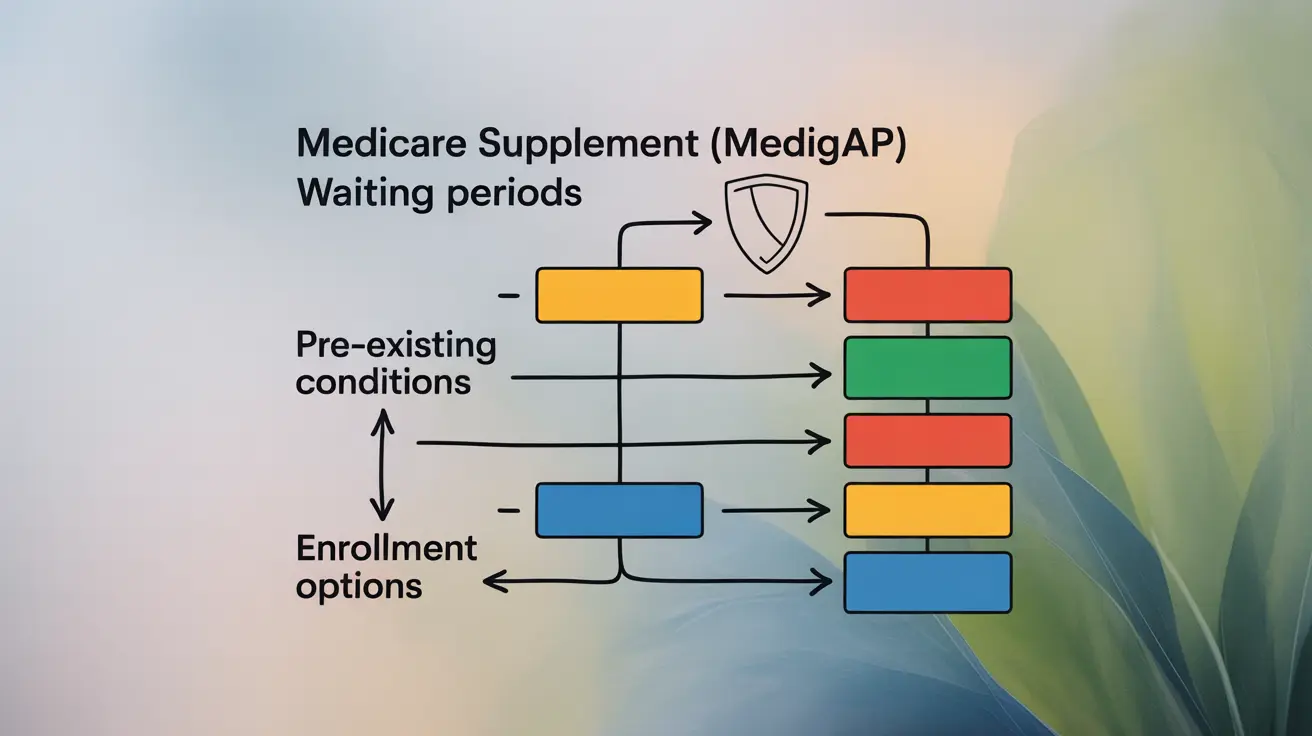The king cobra, scientifically known as Ophiophagus hannah, is not just the world's largest venomous snake but also a creature of immense fascination and medical significance. Reaching lengths of up to 18 feet, this magnificent serpent commands respect in both the natural world and human culture. While encounters with king cobras are relatively rare, understanding their behavior, habitat, and the potential dangers they pose is crucial for those living in or visiting their native ranges.
In this comprehensive guide, we'll explore the unique characteristics of the king cobra, its ecological importance, and the medical challenges presented by its potent venom. We'll also delve into the complexities surrounding king cobra bites and the ongoing efforts to improve treatment options for envenomation.
Distribution and Habitat
King cobras are found across a vast expanse of Asia, including Southeast Asian countries, southern China, and parts of India. These snakes have shown remarkable adaptability, thriving in various environments from dense tropical forests to mangroves, and even in areas close to human settlements.
Despite their impressive size, king cobras are known for their agility and ability to navigate different terrains. This adaptability has contributed to their widespread distribution but has also increased the likelihood of human-snake encounters in some regions.
Behavior and Diet
Contrary to popular belief, king cobras are generally not aggressive towards humans unless provoked. They are diurnal creatures, meaning they are active during the day, and prefer to avoid confrontation when possible. When threatened, they often display a dramatic hood-spreading and hissing behavior as a warning before resorting to biting.
One of the most intriguing aspects of king cobras is their diet. They are ophiophagous, meaning they primarily feed on other snakes, including venomous species. This unique dietary preference has earned them the moniker "king" and plays a crucial role in maintaining the ecological balance in their habitats.
The King Cobra's Venom
The venom of a king cobra is a complex mixture of proteins and peptides, primarily composed of neurotoxins and cytotoxins. This potent cocktail can cause severe local tissue damage and systemic effects, making a king cobra bite a serious medical emergency.
Interestingly, the composition of king cobra venom can vary significantly based on geographical location, individual snake, and even the snake's age. This variability presents significant challenges in developing effective antivenoms and standardizing treatment protocols across different regions.
Medical Significance of King Cobra Bites
While king cobra bites are relatively rare compared to other venomous snake species, they are of high medical importance due to the potential severity of envenomation. The World Health Organization classifies the king cobra as a Category 2 snake of secondary medical importance, acknowledging the significant risk it poses when bites do occur.
Most king cobra bites are reported in professional or captive contexts, such as snake handlers, performers, or individuals working in snake farms. However, as human encroachment into snake habitats continues, the risk of encounters in the wild is increasing.
Challenges in Treating King Cobra Bites
Treating king cobra bites presents several unique challenges for medical professionals. The variability in venom composition across different populations means that antivenoms effective in one region may not be as potent in another. Additionally, the high venom yield of king cobras often necessitates large doses of antivenom, increasing the risk of adverse reactions and treatment costs.
Currently, the only species-specific antivenom for king cobra bites is produced in Thailand (OhMAV). While effective within Thailand, its efficacy in treating bites from king cobras in other regions, such as India's Western Ghats, remains questionable. This geographical mismatch in antivenom effectiveness underscores the need for more comprehensive research and development of region-specific or broader-spectrum antivenoms.
Conservation and Human Interaction
The king cobra is currently classified as "Vulnerable" by the International Union for Conservation of Nature (IUCN). Habitat loss, climate change, and human encroachment are significant threats to king cobra populations. Paradoxically, as these snakes adapt to human-modified environments, the risk of human-snake conflicts increases.
Conservation efforts are complicated by the snake's cultural significance in many Asian countries. King cobras feature prominently in mythology, religious rituals, and even tourism, as seen in Thailand's "King Cobra Village." Balancing conservation needs with cultural practices and human safety remains a challenge for wildlife managers and health authorities alike.
Future Directions in King Cobra Research
The complex nature of king cobra venom and the challenges in treating bites highlight the need for continued research. Efforts are underway to establish a comprehensive Pan-Asian king cobra venom database, which could guide the development of more effective antivenoms. Additionally, research into toxin antigenicity and neutralization mechanisms could lead to next-generation treatments with broader efficacy across different king cobra populations.
These research initiatives align with the World Health Organization's goal to reduce the global burden of snakebite envenomation by 50% by 2030. By improving our understanding of king cobra venom and developing more effective treatments, we can better protect both human health and these magnificent creatures.
Frequently Asked Questions
- What are the symptoms of a king cobra bite, and how quickly do they appear?
Symptoms of a king cobra bite typically appear rapidly, often within minutes. Initial symptoms include severe pain, swelling, and bruising at the bite site. As the venom spreads, victims may experience nausea, vomiting, blurred vision, and difficulty breathing. In severe cases, neurotoxic effects can lead to paralysis and respiratory failure within hours if left untreated.
- Is there an effective antivenom available for king cobra bites outside Thailand?
While Thailand produces a species-specific antivenom (OhMAV) for king cobra bites, its effectiveness outside Thailand is limited due to regional variations in venom composition. In other countries, polyvalent antivenoms designed for multiple snake species are often used, but their efficacy against king cobra venom can be variable and sometimes insufficient.
- Why is existing antivenom ineffective for king cobra bites in regions like the Western Ghats?
Antivenom ineffectiveness in regions like India's Western Ghats is primarily due to the significant variation in king cobra venom composition across different geographical areas. Antivenoms are produced using venom from specific populations, and may not neutralize the venom of genetically distinct populations effectively. This highlights the need for region-specific or broader-spectrum antivenoms.
- What first aid measures should be taken immediately after a king cobra bite?
Immediate first aid for a king cobra bite includes keeping the victim calm and immobilized, removing constricting items like jewelry or tight clothing, and seeking medical help urgently. The bitten limb should be kept lower than the heart. Tight tourniquets are discouraged as they can worsen local tissue damage. It's crucial to get the victim to a hospital as quickly as possible for antivenom treatment.
- How can I reduce the risk of king cobra bites while living near their habitats?
To reduce the risk of king cobra bites, maintain a clean environment around your home to discourage prey animals that attract snakes. Be cautious when working in gardens or wooded areas, wear protective footwear, and use a light when walking in low-visibility conditions. If you encounter a king cobra, remain calm and slowly back away. Never attempt to handle or provoke the snake. Educating yourself about local snake species and their behaviors can also help in avoiding dangerous encounters.




